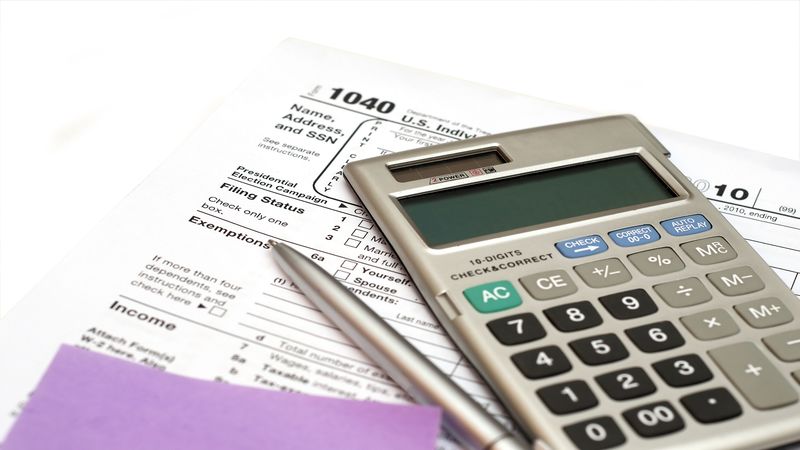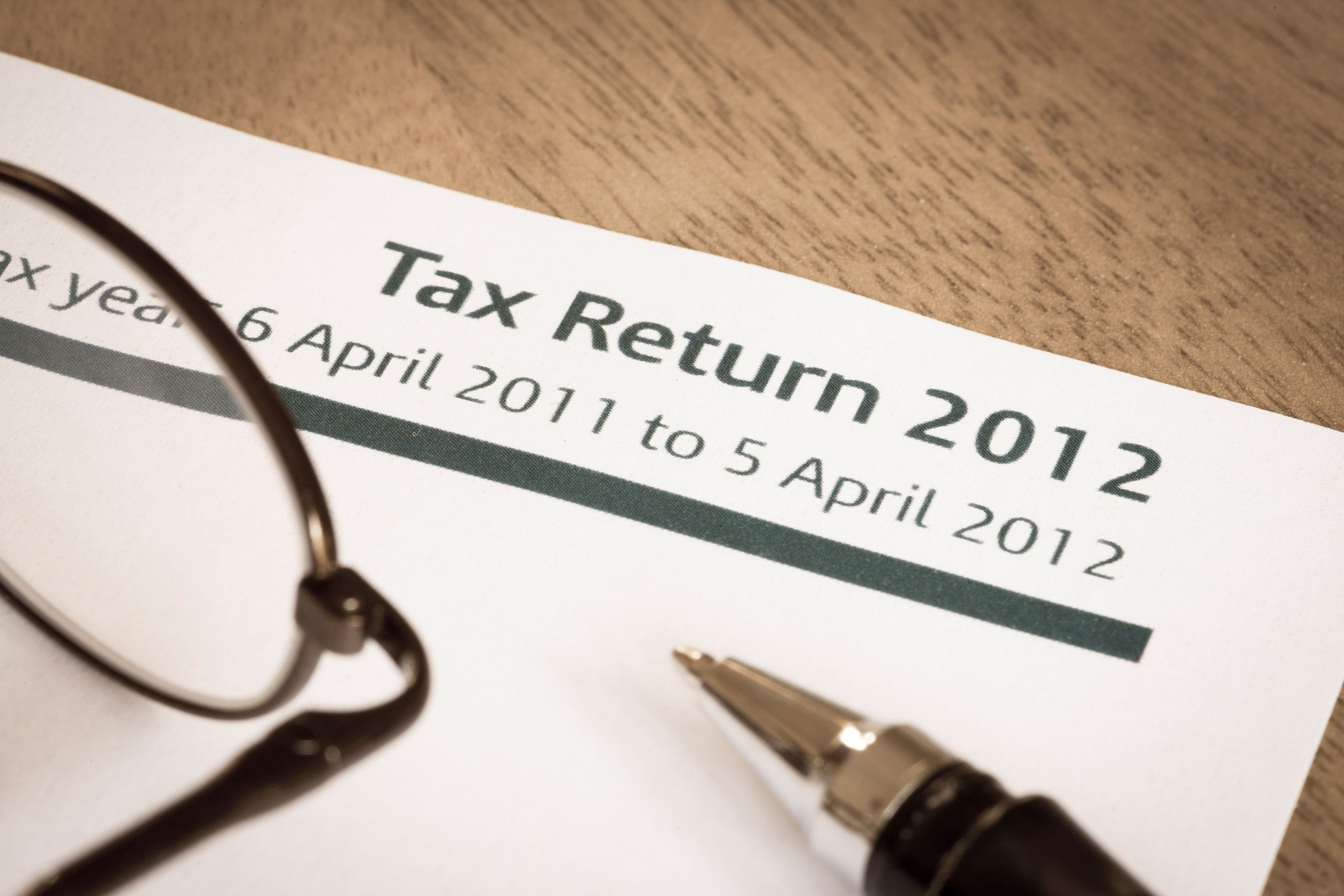The 179D Energy Efficient Tax Deduction offers significant tax savings for businesses that make energy-efficient improvements to their buildings. If you own or manage a commercial property, this deduction could be a great opportunity to lower your tax bill while contributing to energy conservation. This article explores the key details about the 179D tax deduction, eligibility requirements, and how businesses can take advantage of it.
What Is the 179D Energy Efficient Tax Deduction?
The 179D Energy Efficient Tax Deduction is a provision in the U.S. tax code that encourages businesses to invest in energy-efficient building improvements. This deduction was introduced under the Energy Policy Act of 2005 and has been extended through various pieces of legislation since then. It allows businesses to claim a deduction for expenses related to energy-efficient upgrades to their commercial buildings, including lighting, HVAC systems, and building insulation.
The deduction aims to reduce the environmental impact of commercial properties and to help offset the initial costs of implementing energy-saving technologies. For property owners or businesses investing in energy-efficient improvements, the 179D tax deduction can be a powerful tool to save money on their federal taxes.
How Does the 179D Tax Deduction Work?
To qualify for the 179D Energy Efficient Tax Deduction, the improvements made to a commercial property must meet certain energy-efficiency standards. These standards are typically verified through third-party certification processes and must align with guidelines set by the Department of Energy.
The deduction allows businesses to write off eligible expenses associated with upgrading to energy-efficient systems. In some cases, if only specific systems, such as lighting or HVAC, are upgraded, the deduction may be limited to a smaller amount per square foot.
Eligibility for the 179D Tax Deduction
The 179D tax deduction is available to a wide range of businesses, including building owners, developers, and contractors. Additionally, the improvements must be verified by a qualified third party, such as a professional engineer or architect, to ensure compliance with the required energy savings.
A key factor in claiming the deduction is that the building must meet or exceed the minimum energy-efficiency requirements outlined by the IRS. These can vary depending on the type of improvements made, but generally, they involve reducing energy consumption by a specific percentage compared to a baseline standard.
Types of Improvements Eligible for the 179D Deduction
There are several types of energy-efficient improvements that may qualify for the 179D Energy Efficient Tax Deduction. These include:
- Lighting: Upgrades to energy-efficient lighting systems, including the installation of LED lighting or automated lighting controls.
- HVAC Systems: Improvements to heating, ventilation, and air conditioning systems to improve energy performance.
- Building Envelope: Upgrading windows, doors, and roof systems to better manage heat flow and improve overall energy efficiency.
The 179D Energy Efficient Tax Deduction provides businesses with an opportunity to reduce their tax burden while improving the energy efficiency of their buildings. By making eligible energy-efficient improvements, business owners can save on both operational costs and taxes, helping them to operate in a more sustainable and cost-effective manner. If you are considering upgrading your building’s energy systems, it is worth exploring how this deduction can benefit your company.


